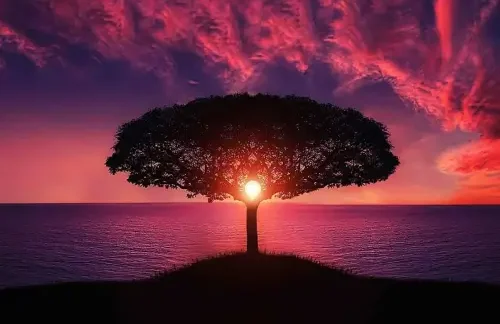Deepest Lakes: Baikal, Tanganyika, and Hidden Depths
Lakes are among the Earth’s most fascinating natural wonders. They serve as freshwater sources, support complex ecosystems, and offer breathtaking landscapes. But beneath their serene surfaces, some lakes conceal extreme depths and geological mysteries that have intrigued scientists for generations. In this article, we’ll explore the deepest lakes in the world—bodies of water that go far beyond what the eye can see, both in physical depth and scientific significance.
These lakes were formed by dramatic geological forces—tectonic shifts, volcanic activity, and glacial movements. Their great depths often reflect ancient origins, dating back millions of years. While shallow lakes tend to change quickly or even dry up due to climate change or human intervention, deep lakes are more resilient and stable, acting as natural archives of Earth’s history.
Take, for example, Lake Baikal in Russia. It is not only the deepest lake in the world—reaching a depth of over 1,640 meters—but also the oldest freshwater lake on Earth. Then there’s Lake Tanganyika in Africa, and even Lake Vostok buried beneath Antarctic ice, whose waters have been isolated for hundreds of thousands of years.
What makes these lakes so important is not only their size, but also their role in maintaining biodiversity, storing vast amounts of freshwater, and offering insights into climate change, geology, and even the possibility of alien life—especially in subglacial lakes like Vostok. Some lakes contain endemic species found nowhere else, making them natural laboratories for evolutionary biology.
In addition to their scientific value, these deep lakes are often sites of cultural heritage and natural beauty. Tourists flock to Crater Lake in the United States for its clear blue water, or to Lake Geneva for its alpine elegance. And many of these lakes are woven into local myths, spiritual beliefs, and traditional livelihoods, adding layers of meaning to their natural significance.
In the following sections, we will explore a list of the world’s deepest lakes, organized by depth and presented in a comparison table. You’ll learn about their locations, formation types, unique features, and why each one deserves a place among Earth’s greatest natural marvels. Whether you’re a nature lover, geography student, or science enthusiast, this journey into the depths of Earth’s largest freshwater basins will be both informative and inspiring.
Comparison Table: The Deepest Lakes in the World
| Rank | Lake Name | Country | Maximum Depth (m) | Geological Type | Key Highlights |
|---|---|---|---|---|---|
| 1 | Lake Baikal | Russia | 1,642 | Rift Lake | World’s deepest and oldest freshwater lake; holds 20% of Earth’s unfrozen freshwater |
| 2 | Lake Tanganyika | Burundi, DRC, Tanzania, Zambia | 1,470 | Rift Lake | Second deepest freshwater lake; rich in endemic species |
| 3 | Caspian Sea | Russia, Iran, Kazakhstan, Azerbaijan, Turkmenistan | 1,025 | Enclosed Basin | Technically a sea; largest enclosed inland body of water on Earth |
| 4 | Lake Vostok | Antarctica | 1,000 | Subglacial Lake | Hidden under ice; isolated ecosystem potentially undisturbed for millions of years |
| 5 | Lake O’Higgins / San Martin | Chile / Argentina | 836 | Glacial | Stunning blue glacial lake in Patagonia |
| 6 | Crater Lake | United States | 594 | Volcanic (Caldera) | Known for its pure blue water and dramatic origin |
| 7 | Lake Matano | Indonesia | 590 | Rift Lake | Deepest in Southeast Asia; ecologically significant |
| 8 | Lake Geneva (Lac Léman) | Switzerland / France | 310 | Glacial | One of Europe’s largest and most scenic lakes |
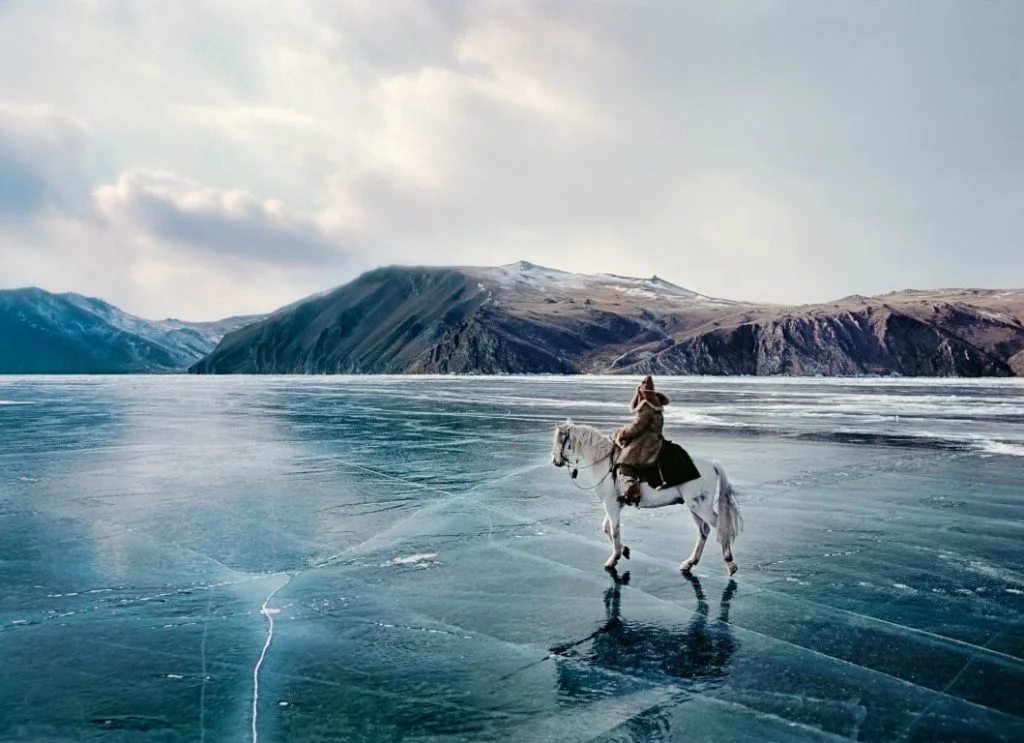

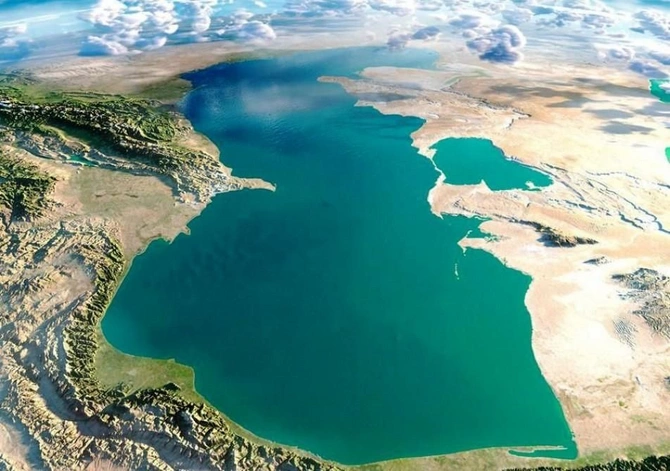
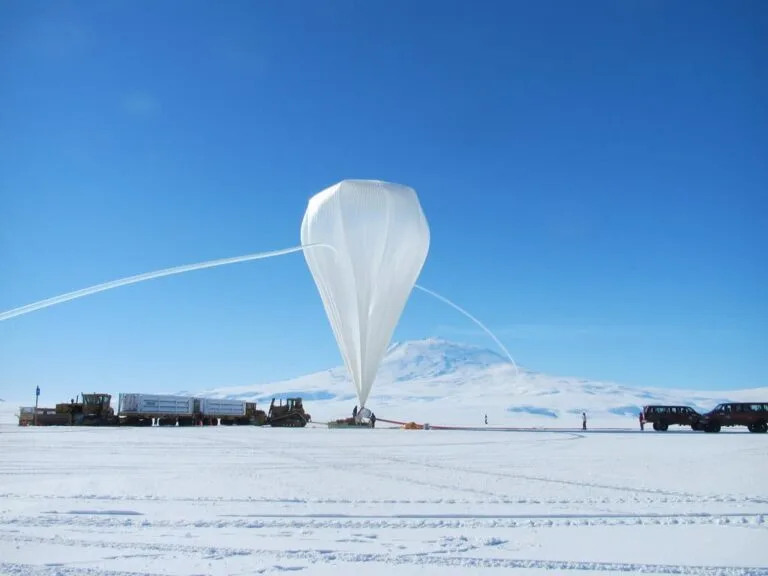
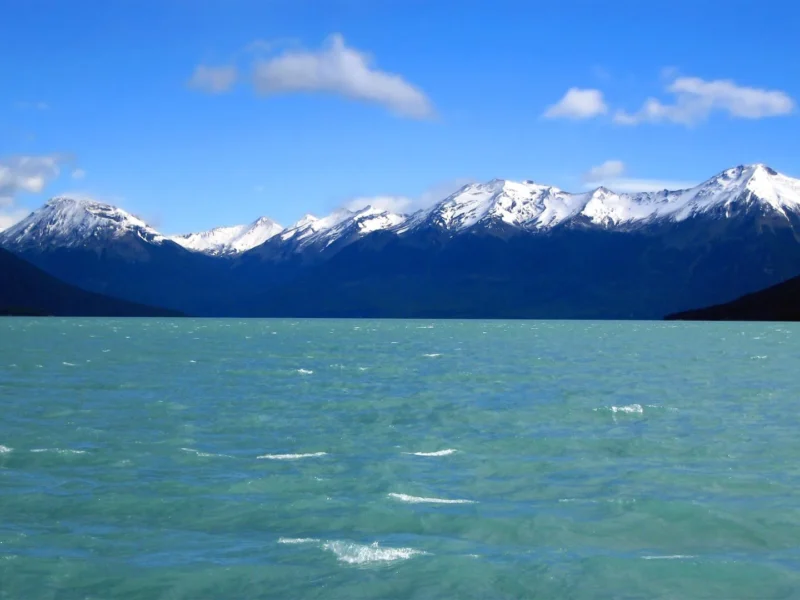

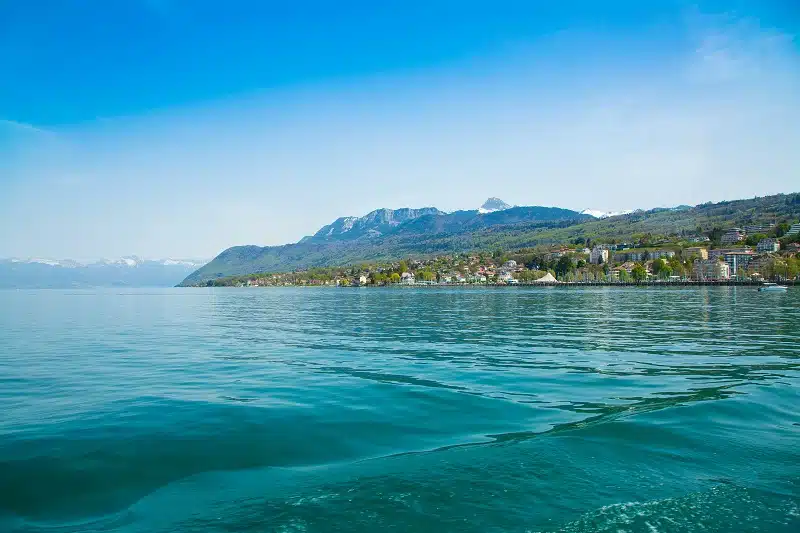
Deep Lakes, Deep Lessons
The deepest lakes on Earth are more than just natural features—they are silent guardians of history, ecology, and scientific discovery. As we’ve explored in this article, these lakes hold within their depths millions of years of data, from climate patterns to evolutionary processes. Studying them allows us to understand not only the planet’s past but also the potential future challenges we face.
These lakes also play crucial roles in the global water cycle, regional climate systems, and biodiversity preservation. Whether it’s Lake Baikal’s ancient organisms, or Lake Vostok’s mysterious under-ice world, each lake contributes uniquely to our understanding of Earth’s complexity. However, they are also increasingly vulnerable to climate change, pollution, and human exploitation.
In regions like Siberia, central Africa, or Patagonia, deep lakes have become indicators of how ecosystems respond to warming temperatures and melting glaciers. These lakes act like thermometers and barometers, silently registering the shifts in environmental balance. This makes their conservation not just a local concern, but a global responsibility.
But beyond their scientific and ecological value, deep lakes also offer us inspiration. Their stillness and sheer depth remind us of nature’s power and resilience. They invite us to reflect, to slow down, and to appreciate the natural forces that continue to shape the Earth in silence. Visiting or simply learning about these places can instill a profound respect for our planet.
To protect these ecosystems, we must promote sustainable tourism, enforce environmental regulations, and invest in scientific exploration. The more we know about these lakes, the better equipped we are to protect them. Every drop of water they hold is part of a larger, interconnected web of life—one that includes us all.
In summary, the deepest lakes in the world are not just records of geological time, but symbols of Earth’s hidden majesty. As we continue to explore and learn from them, we must also accept the duty of preserving them for future generations. For in their silent depths lies wisdom we cannot afford to ignore.
9 of the World’s Deepest Lakes
Tropical Forests: Why They Matter for Climate, Life, and Culture
